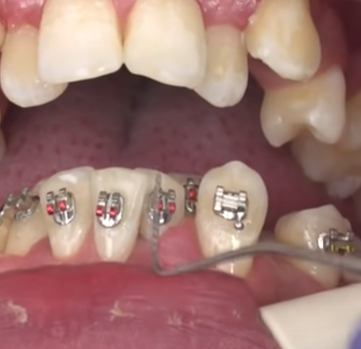Traditional braces are a proven orthodontic method for aligning teeth and enhancing one’s smile. Once the treatment concludes and the desired outcomes are reached, it’s crucial to correctly remove the braces. Usually, a dental professional performs this task, but there might be instances where you need to do it yourself. This article will guide you through the steps involved in removing traditional braces.
Step 1: Get Ready Before you begin, it’s vital to prepare yourself and gather the necessary tools. You’ll need items such as dental floss threaders, orthodontic pliers, and dental wax. Ensure you have these at hand before starting the removal process.
Step 2: Sever The Ligatures The initial step in the removal of braces involves severing the ligatures that secure the archwire in place. This is done using orthodontic pliers. This step is generally pain-free and doesn’t consume much time.
Step 3: Extract The Archwire After the ligatures are severed, you can extract the archwire from the brackets using the pliers. This is a sensitive procedure that requires utmost care to prevent damage to the brackets or teeth. Use the orthodontic pliers to gently and slowly extract the archwire, avoiding excessive force.
Step 4: Detach The Brackets With the archwire out of the way, the next step is to detach the brackets. It’s crucial to do this with extreme care to prevent harm to the teeth or gums. The orthodontic pliers are used in this step to gently loosen the brackets. This can be achieved by gently squeezing the brackets and cautiously pulling them off the teeth.
Step 5: Cleanse The Teeth Once all the brackets are detached, it’s time to thoroughly cleanse the teeth. Dental floss threaders can be used to eliminate any remaining cement or glue residues from the teeth. It’s crucial to be gentle during this step to prevent any damage to the enamel.
Step 6: Utilize Dental Wax After the braces are removed, your teeth might be sensitive and could rub against the lips or cheeks. Applying dental wax over the teeth can help alleviate and prevent any discomfort, irritation, or injury.

